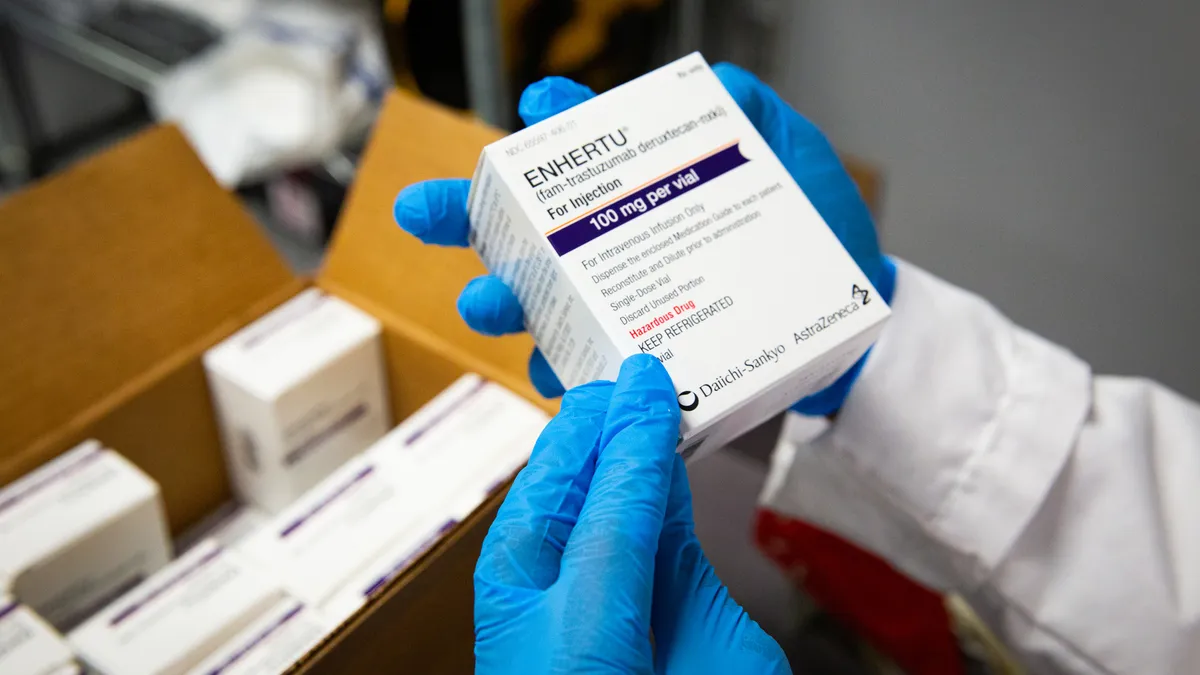The last few years have been marked by a rapid period of technological adoption in the life sciences industry, mostly driven by the pandemic. Now as the industry moves ahead, it is committed to finding new ways to apply technology to improve clinical research, expand trials to wider, more diverse population sets, and improve drug safety.
Here are some key areas to watch in the pharmaceutical and clinical research industries as we approach 2024:
Integration with real-world data will be more prevalent
Clinical research, combined with real-world data (RWD), provides deeper insights into the natural history of diseases and the performance of healthcare interventions in real-world settings. These real-world data sources, which can include patient-reported outcomes, insurance claims data, data from wearable devices, and detailed patient histories found in electronic health records (EHRs) can provide a more refined understanding of treatments in real-life settings. This data will become pivotal in enhancing clinical trial execution, generating drug safety and efficacy evidence, and supporting drug reimbursement strategies.
Personalized medicine will be a focus
Using advanced analytics, machine learning, and computational power to glean insights from data, clinical research will continue to focus on ways to create personalized therapies for individuals’ exact conditions, not just general diseases. We expect to see a significant shift towards embracing the patient's voice and ensuring that every stage in drug development is informed by the nuanced, real-life experiences of diverse patient populations. Advances in technology, particularly generative AI, and high-performance cloud computing, can now enable us to analyze vast and varied datasets with unprecedented speed and precision. Together with RWD, these technologies can provide a more refined understanding of treatments in real-life settings. This integration will enable the industry to tailor therapies more effectively, better engage patients throughout the process, and bridge the gap between clinical research and clinical care.
Cloud and AI adoption will help close the gap between clinical research and clinical care
Currently, clinical research is based on small snippets of health data, while many critical elements of patient clinical care data sit inaccessible and siloed. The industry is getting to a point where technology, cloud computing, data integration, and clinical care research can all be part of the same spectrum. Cloud technology is helping to bridge the gap toward greater access to connected, robust data sets. As AI enables quicker analysis and faster insights, clinical research will become more accessible, cheaper, and more accurate because the information will be based on data that are more complete.
For example, as new personalized treatments and therapies come to market today and in the future, patients and providers need to have accurate information about their safety and possible adverse reactions. Automation and AI can enable “predictive” signal detection, in which systems are able to identify potential issues before they happen and help eliminate tedious and repetitive tasks and errors. We will see continued investment in AI and large language models (LLMs) to improve operational efficiencies in pharmacovigilance processes. Together with real-world data, these advancements can greatly reduce the time and effort required to analyze data and identify potential risk factors with new drugs. This will help in early identification of adverse events and improve drug safety monitoring.
With the benefits of AI impacting the entire lifecycle of clinical trials, we will see the burden on patients reduced as they will have more viable clinical trials to choose from and more control over how they participate. This will ultimately cut the time it takes for drugs to hit the market and reduce the overall costs associated with clinical trials.
Generative AI will make its mark
In particular, generative AI will begin to transform every phase of drug development, driving efficiencies across discovery, clinical trials, and safety through automation, optimization, and advanced insights. LLMs will enhance our understanding of biology and molecular screening, improving the speed and quality of early preclinical drug discovery pipelines that can help unlock new therapies. Generative AI can also play a crucial role in clinical trials by identifying diverse patient populations, optimizing trial designs, integrating numerous data sets—including genomics, EHRs, and RWD —to increase patient recruitment and trial success rates. We may even see generative AI help us get closer to making fully digital protocols a reality in the near future.
Decentralized (and hybrid) trials will become normalized
The pandemic greatly accelerated the adoption of decentralized clinical trials (DCT). Now, things like connected devices and wearables have created an environment where DCTs have become and will continue to evolve as a viable option to collect needed data. This will lower the barriers to entry, expand access to trials, and enhance patient convenience. Look for clinical trial designs to strike a balance between traditional and DCT methods, and better incorporate the needs of the patient in the process.
There will be a focus on patient optionality to create wider access to, and diversity in, clinical trials
In 2024, we will see a more concerted effort among trial providers to make it easier to connect patients and providers with clinical trials. For doctors and patients, continuing to enable access to diverse health systems that share de-identified data to fuel research and connect patients with viable trials will help to accelerate the discovery, development, and deployment of groundbreaking insights and therapies. Community-based settings, such as commercial pharmacies, small community hospitals, and even pharmacies at local grocers will provide more trial sites and create broader, more diverse access for patients across socio-economic backgrounds and geographies.
There is no question that cloud, automation, and AI will continue to reshape the life sciences industry and our approach to clinical trials moving forward. The impact these technologies have on transforming all facets of our industry will be felt across all aspects of clinical research from study-startup to personalized care to drug safety. The companies that leverage these and other emerging technologies the most effectively are the ones who will be able to bring viable, safe treatments to market faster.








